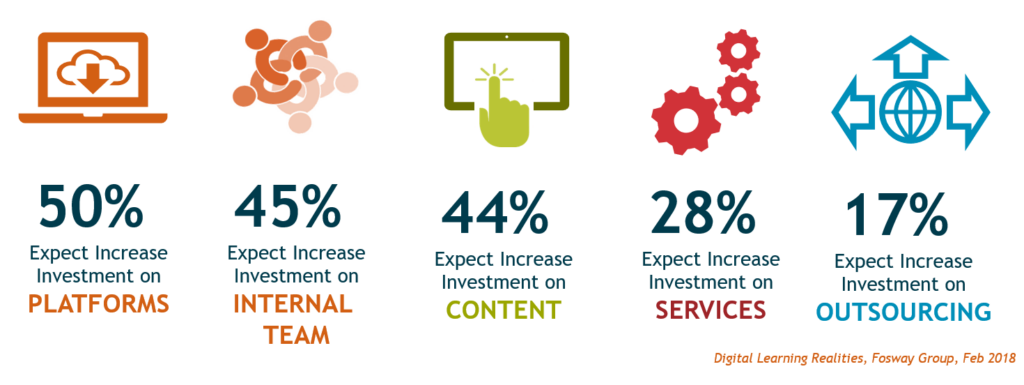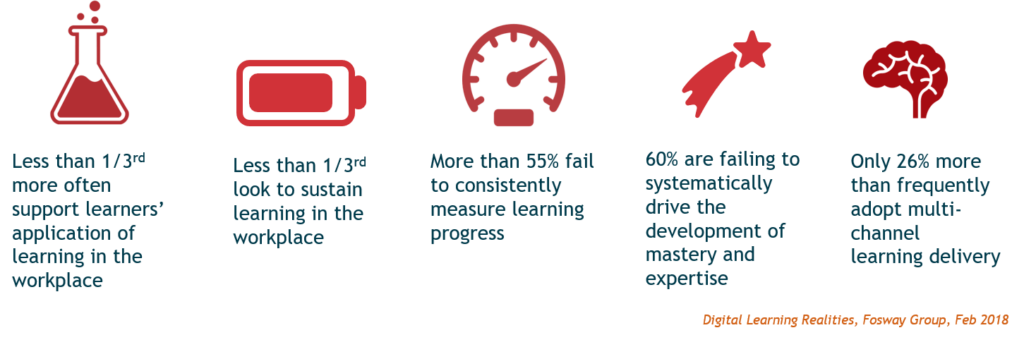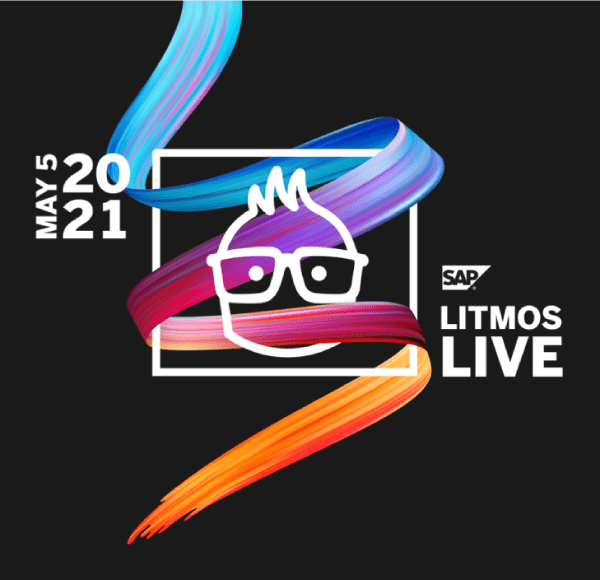The truth about digital learning
David Wilson, CEO of Fosway Group, Europe’s #1 HR industry analyst, joins us to reveal the truth about digital learning:
Learning and development is quick to jump on new tools and technologies. But if 21 years as an analyst in the industry has taught me anything, it’s that actually implementing and realising the potential of the latest technology is a slow process – if it even happens at all.
So, what do you really need to know to make the digital transformation of learning a success? At this year’s Litmos LIVE event, I shared five truths about digital learning which summarise what you need to know.
Truth #1: Work is changing rapidly, so much learning
The make-up of the modern workforce is changing dramatically both in terms of demographics but also work itself. Technology is now an integral part of most jobs and the pressure is on to fill growing skills gaps in the wake of digital transformation. Stakeholders across the board are demanding services that are more accessible, more online, more agile and more impactful. And learning needs harness the opportunities offered by the digital revolution in order to keep up.
Truth #2: Digital is a mindset not just a form of delivery
Now the term ‘digital learning’ can be divisive in itself. It follows in the footsteps of CBT, e-learning, blended learning etc. But is it more of the same dressed up in new clothes? Or is digital learning genuinely offering something different? There is no doubt that the opportunities and challenges offered by next gen learning technologies are very real. But how well L&D grasps the implications that new tools, channels and platforms can have on learners and their ability to impact organisational goals, remains to be seen.
One of the fundamental challenges is that digital learning and the concept of ‘being digital’ means different things to different people. But if we step back and examine how it is different to what’s been done before, it’s clearly a far bigger and more complex shift for L&D. Being digital isn’t just about taking face-to-face training content and turning it into e-learning. We know that this has created poor expectations from users of e-learning content that can be one-dimensional and not engaging. Meanwhile, learning platforms geared towards administrators and which don’t focus on user experience are being consigned to the backwaters. It’s time for a change in mindset.
Truth #3: Investment is growing, but so is the speed of change
This change is coming in the form of more consumer-led, engaging learning experiences. The graphic here shows where organisations expect to spend more in learning, based on the 2018 Digital Learning Realities research, conducted with over 1300 learning professionals worldwide.
Breaking this down further, we see increasing demand for video content (66%), user generated content (60%), microlearning (59%) and mobile (59%). The need for access to digital content remains strong, but most organisations (85%) have a fragmented ecosystem. This is driving adoption of a range of Next Gen Learning Environments (NGLEs) harnessing features including learner engagement (64%), social/collaborative technologies (63%), mobile (61%) and analytics (60%). The picture of fragmentation and organisations using a variety of different digital learning technology looks set to increase rather than decrease.
Truth #4: Being modern means being agile and being intelligent
However, all the next gen solutions in the world are no good without the right strategy. And the challenge is that as the pace of business has increased, so as has the desire for more personalised and more ‘on demand’ learning – how does L&D step up to its potentially pivotal role in helping people keep up?
The sad fact is that as our research shows, most learning is not modern, it’s not personal and it’s not agile, with only 20% even thinking about these approaches, despite the hype and rhetoric we hear from many organisations.
The truth is actually that the big challenge for L&D is not about forgetting curves, it is about supporting people in continuously improving and building their expertise and effectiveness. And it is this that supports the speed of change in the workplace of today (and tomorrow) and helps people stay current, be more agile and contribute to improving the performance of the organisation as a whole.
Truth #5: New ≠ Good ≠ Effective
So, it is worth remembering that despite increasing spend on digital learning solutions, the reality is that L&D still does too little to create effective learning.
Just because some technology is new or interesting or uses AI (insert current buzzword here) does not automatically make it better or more effective than what you had before. Caveat emptor = buyer beware.
These statistics make stark reading and when coupled with the fact that buyer satisfaction scores across the digital learning are mixed, it is worth remembering that innovation needs to be carefully managed. And that often the most hyped solutions are actually your biggest risk!
That’s not to say you shouldn’t be exploring your digital learning options. There are exciting solutions out there and this is not a market that is standing still. But heed these truths when thinking about your investment and your L&D strategy and remember to think about digital as being about far more than just the technology.
If you’re a Litmos LIVE registrant, you can still catch a recording of David’s Litmos Live session here. To find it, enter the Locations area in the ON24 menu, then click L&D Expert Sessions. Click the Watch Now button and look for “The Truth about Digital Learning” on demand.







